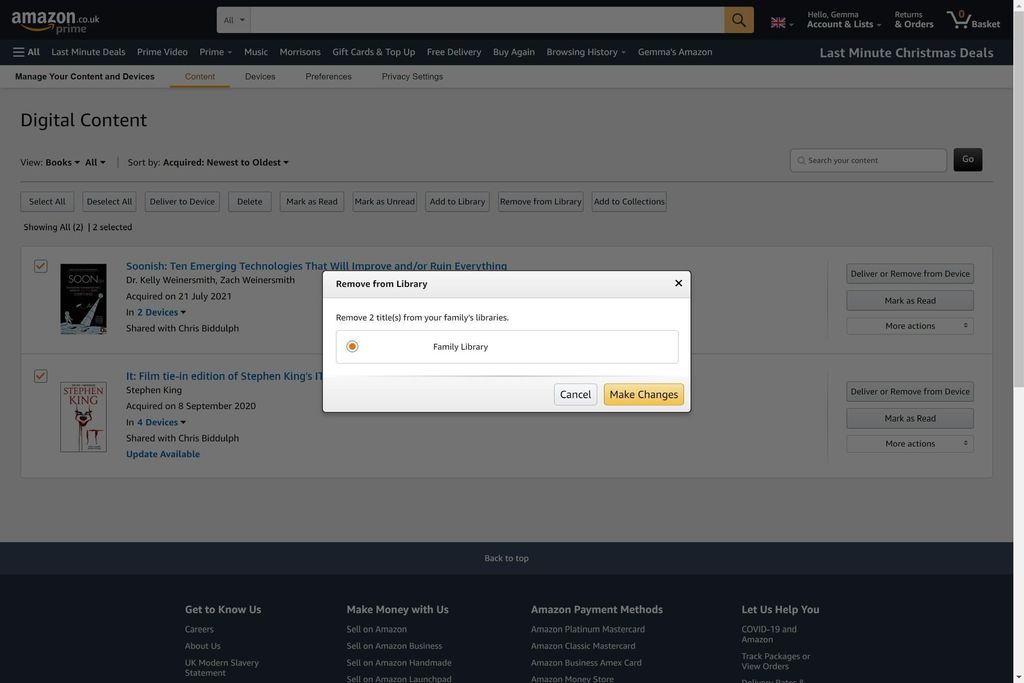
Bulk emails can be a convenient way to reach a large audience, but they often lack personalization and fail to engage recipients. In this article, we will explore methods to improve email personalization, strategies to increase email open rates, and ways to reduce unsubscribe rates. We will also discuss the power of email automation and how it can enhance your email marketing efforts. By implementing these methods, you can put an end to bulk emails and create more effective and targeted email campaigns.

Bulk emails often lack personalization, which can lead to decreased engagement and effectiveness. When recipients receive generic, impersonal emails, they are less likely to open them or take any action. Personalization is key to capturing the attention of your audience and making them feel valued.
To address this issue, consider implementing the following strategies:
By incorporating these strategies, you can enhance the personalization of your bulk emails and improve their effectiveness.
Low open rates can be a major challenge for email marketers. When your emails go unopened, it means that your message is not reaching your audience and your efforts are going to waste. There are several factors that can contribute to low open rates, including poor subject lines, irrelevant content, and sending emails at the wrong time. To improve open rates, it's important to focus on creating compelling subject lines that grab the reader's attention and make them want to open the email. A/B testing can also be helpful in determining which subject lines are most effective.
High unsubscribe rates can be detrimental to email marketing campaigns. When subscribers choose to unsubscribe, it indicates that they are no longer interested in receiving emails from your business. This can result in a loss of potential customers and a decrease in overall engagement. To reduce unsubscribe rates, it is important to implement strategies that keep subscribers engaged and satisfied with the content they receive.

Segmentation is a powerful technique that allows you to divide your email list into smaller, targeted groups based on specific criteria. By segmenting your audience, you can deliver more relevant and personalized content, increasing the chances of engagement and conversion.
Segmentation can be done based on various factors, such as demographics, purchase history, or engagement level. For example, you can create segments for different age groups, geographic locations, or customer preferences.
Implementing segmentation can help you tailor your email campaigns to the specific needs and interests of each segment. This can result in higher open rates, click-through rates, and ultimately, better overall campaign performance.
To effectively implement segmentation, it is important to have a clear understanding of your target audience and the data available to you. Use this information to create meaningful segments that align with your marketing goals and objectives.
Segmentation can be a time-consuming process, but the benefits it brings in terms of personalization and improved campaign performance make it well worth the effort.
Dynamic content allows you to personalize your emails even further by displaying different content to different recipients based on their preferences or behavior. This can greatly improve engagement and conversion rates. For example, you can use dynamic content to show product recommendations based on a customer's previous purchases or to display different offers based on their geographic location.
Implementing dynamic content in your emails can be done through the use of merge tags or conditional statements. Merge tags allow you to insert personalized information, such as the recipient's name or purchase history, into your email templates. Conditional statements, on the other hand, allow you to display different content blocks based on specific criteria, such as the recipient's location or engagement level.
To effectively use dynamic content, it's important to have a clear understanding of your audience and their preferences. By segmenting your email list and collecting relevant data, you can create highly targeted and personalized email campaigns that resonate with your recipients.
Here's an example of how dynamic content can be used to personalize email content based on customer preferences:
By tailoring your email content to match the preferences of your recipients, you can increase the chances of them engaging with your emails and taking the desired action.
When it comes to email marketing, the subject line is your first opportunity to grab the recipient's attention. Personalized subject lines can significantly increase open rates and engagement. By including the recipient's name or other relevant information, you can create a sense of familiarity and relevance. However, it's important to strike a balance between personalization and overdoing it. Here are some tips for creating effective personalized subject lines:
Remember, the subject line sets the tone for your email and can make or break its success. Take the time to craft compelling and personalized subject lines that will entice recipients to open and engage with your emails.

Crafting compelling subject lines is crucial for grabbing the attention of your recipients and increasing email open rates. Here are some tips to create subject lines that stand out:
Remember, the subject line is the first impression your email makes, so make it count!
A/B testing is a method used to compare two versions of a webpage or email to determine which one performs better. It involves creating two variations of the same content and randomly assigning them to different segments of your audience. By measuring the response rates of each variation, you can identify which version is more effective in achieving your desired outcome.
Determining the best time to send your emails can significantly impact your open rates and overall email engagement. While there is no one-size-fits-all answer, here are some strategies to help you find the optimal send times for your audience:

Preference centers are a valuable tool for reducing unsubscribe rates and improving email engagement. By allowing subscribers to choose their email preferences, you can ensure that they receive content that is relevant and interesting to them. This personalized approach increases the likelihood that subscribers will continue to open and engage with your emails.
Engagement tracking is a crucial aspect of reducing unsubscribe rates and improving email effectiveness. By monitoring how recipients interact with your emails, you can gain valuable insights into their preferences and behavior. This data can then be used to tailor future email campaigns and ensure that your messages are relevant and engaging. Engagement tracking allows you to track metrics such as open rates, click-through rates, and conversion rates, providing you with a comprehensive view of your email performance.
When it comes to reducing unsubscribe rates, one of the most effective strategies is to provide relevant content to your subscribers. By understanding their preferences and interests, you can tailor your email campaigns to deliver valuable information that resonates with them. This can be achieved through various methods such as conducting surveys, analyzing past interactions, and utilizing preference centers.
Drip campaigns are a series of pre-written emails that are sent to subscribers over a period of time. They are designed to nurture leads and guide them through the buyer's journey. Drip campaigns can be highly effective in engaging subscribers and increasing conversions. By delivering targeted and relevant content at the right time, drip campaigns help build relationships with subscribers and keep them interested in your brand.
Triggered emails are automated emails that are sent to subscribers based on specific actions or behaviors. These emails are highly targeted and personalized, making them more likely to be opened and engaged with. By using triggered emails, businesses can deliver timely and relevant content to their subscribers, increasing the chances of conversion and customer satisfaction.
Behavioral tracking is a powerful method that allows you to monitor and analyze the actions and behaviors of your email recipients. By tracking how recipients interact with your emails, such as opens, clicks, and conversions, you can gain valuable insights into their preferences and interests. This information can then be used to further personalize your email campaigns and improve their effectiveness.
In conclusion, implementing these methods can greatly reduce the use of bulk emails and improve communication efficiency. By personalizing emails, using automation tools, and segmenting recipients, businesses can ensure that their messages are targeted and relevant. Additionally, adopting email verification techniques can help prevent spam and ensure that emails are delivered to the intended recipients. With these strategies in place, businesses can put an end to bulk emails and enhance their overall email marketing efforts.
You can personalize bulk emails by segmenting your audience, using dynamic content, and personalizing subject lines.
Some strategies to improve email open rates include using compelling subject lines, conducting A/B testing, and sending emails at optimal times.
You can reduce unsubscribe rates with targeted emails by providing preference centers, tracking engagement, and delivering relevant content.
Email automation allows you to set up drip campaigns, send triggered emails based on user actions, and track user behavior to deliver personalized content.
Bulk emails lack personalization because they are sent to a large group of recipients without considering their individual preferences or characteristics.
Bulk emails have high unsubscribe rates because they often fail to provide relevant content or meet the specific needs of individual recipients.